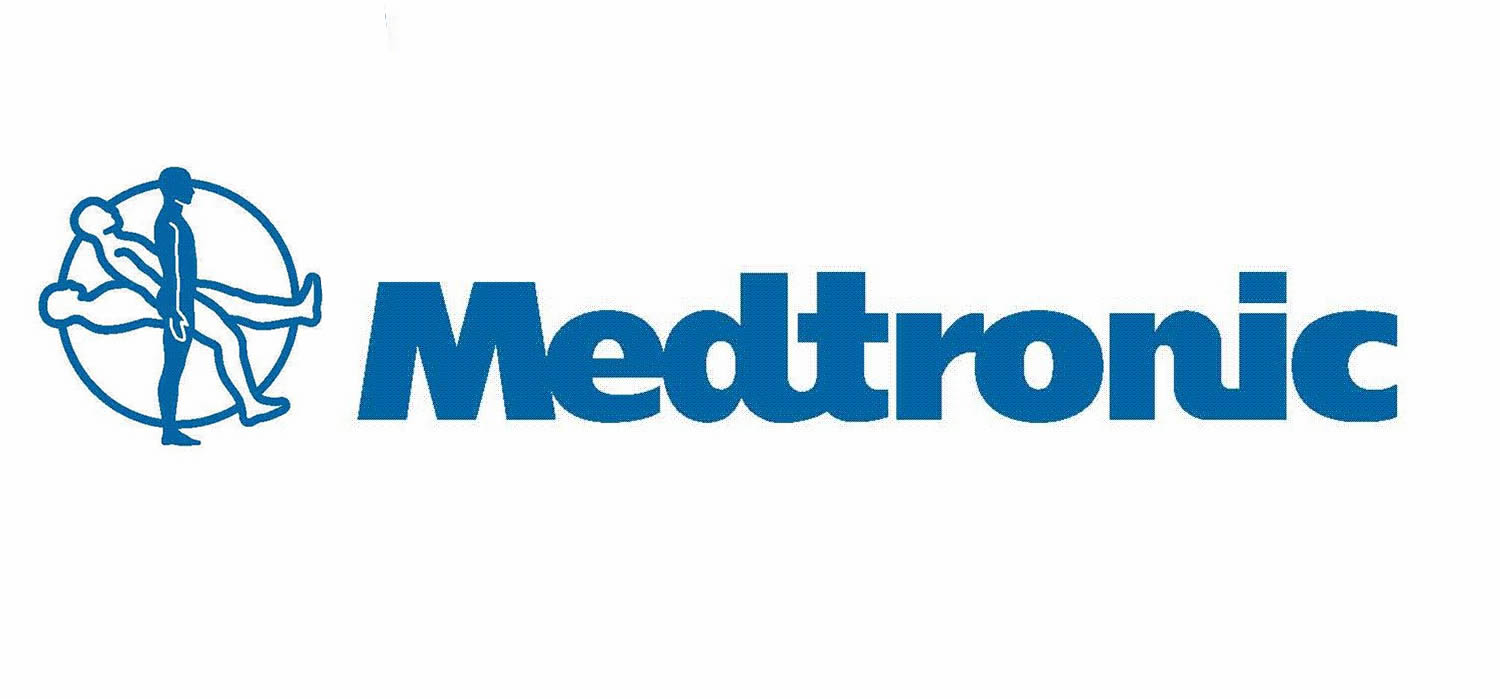Every training manager finds himself struggling (and even conflicted) with the issue: how to measure the effectiveness of training? Is it even possible to quantify soft skills? What happens “the day after” the training? How does one actively implement the Kirkpatrick Model (which, in spite of its being the most well-known model in the world for measuring organizational study, it is actively implemented in less than 20% of the organizations….)?
There is overwhelming agreement among managers that soft skills, and in our case, communications and message delivery skills, are a positive and necessary condition for succeeding in business and for effective organizational management. But how can we really know the communications capabilities of our employees and managers? Where are they on the scale concerning their communications abilities, in relation to other employees in the organization or outside of it? To what level do they succeed in conveying the correct messages in a way that creates the desired impact? And most important, how can we measure and quantify their success rate?
The answer to all these questions can be found in CQ = Communication Quotient
One of the sharpest criticisms of the emotional intelligence quotient tests, EQ, is the fact that they are too general and too broadly based. Luke (2005) claims that the definition of the concept isn’t stable and as a result it has too many varied components to be included in the framework of one theory. The CQ gauges actually supply a solution to this criticism, as they evaluate and measure only the skills affecting communication and the transfer of messages.
How can CQ help managers in your organization?
- Mapping and diagnosis of managers (or managerial reserve) according to measured parameters, such as:
- How well does the manager transmit messages in a clear and precise manner?
- How well does the manager present a valuable message to the person opposite him/her?
- Does the manager create interest in his message and turn it into something those listening to him will remember?
- How well does the manager succeed in creating an impact on his surroundings?
- To which style of speech patterns does the manager belong?
- Specific compatibility of tools and models for maximum and surgical improvement of communications and message transmittance based on mapping and diagnosis. The following parameters will be considered when building the program:
- KPI’s of the manager or group of managers.
- The format that will make maximum improvement possible: guidance, computerized learning, face-to-face consultation.
- Time period needed to achieve the necessary improvement
- Evaluation of improvement, follow-up on the learning graph and implementation during the entire process
- Initial evaluation grade based on CQ predicted parameters
- Determination of desired result for measuring improvement
- Evaluation report of quality (verbal) and quantity (numerical) with points that are determined as landmarks in the learning process and its completion.
How was the CQ idea born?
For the past 12 years the VAYOMAR has specialized in developing methodologies and models for interpersonal communications and message delivering. The thousands of workshops and consultations that we have performed gave us the opportunity to become closely acquainted with the strengths and obstacles that characterize employees and managers when they need to convey messages. Cross-checking our wide data base with up-to-date academic studies in the field of communications, led us to the development of the unique CQ, which includes:
- 5 core measurements on a quantifying scale for predicting an outstanding speaker
- Listing 8 typical speaking styles
CQ will help you to know not only how employees or managers begin the learning process and what it includes; it will also help you to know how they complete the process and where they will end up when it’s completed.








This article and many other on your blog are very interesting.
You should show your content to wider audience.
There is a big chance to go viral. You need initial
boost and visitors will flood your site in no time. Just search in google for:
Juuri13 SEO advice
It’s appropriate time to make some plans for the longer term and it’s time to be happy. I have learn this publish and if I may I wish to counsel you some fascinating things or suggestions. Perhaps you can write next articles relating to this article. I desire to learn even more things approximately it!